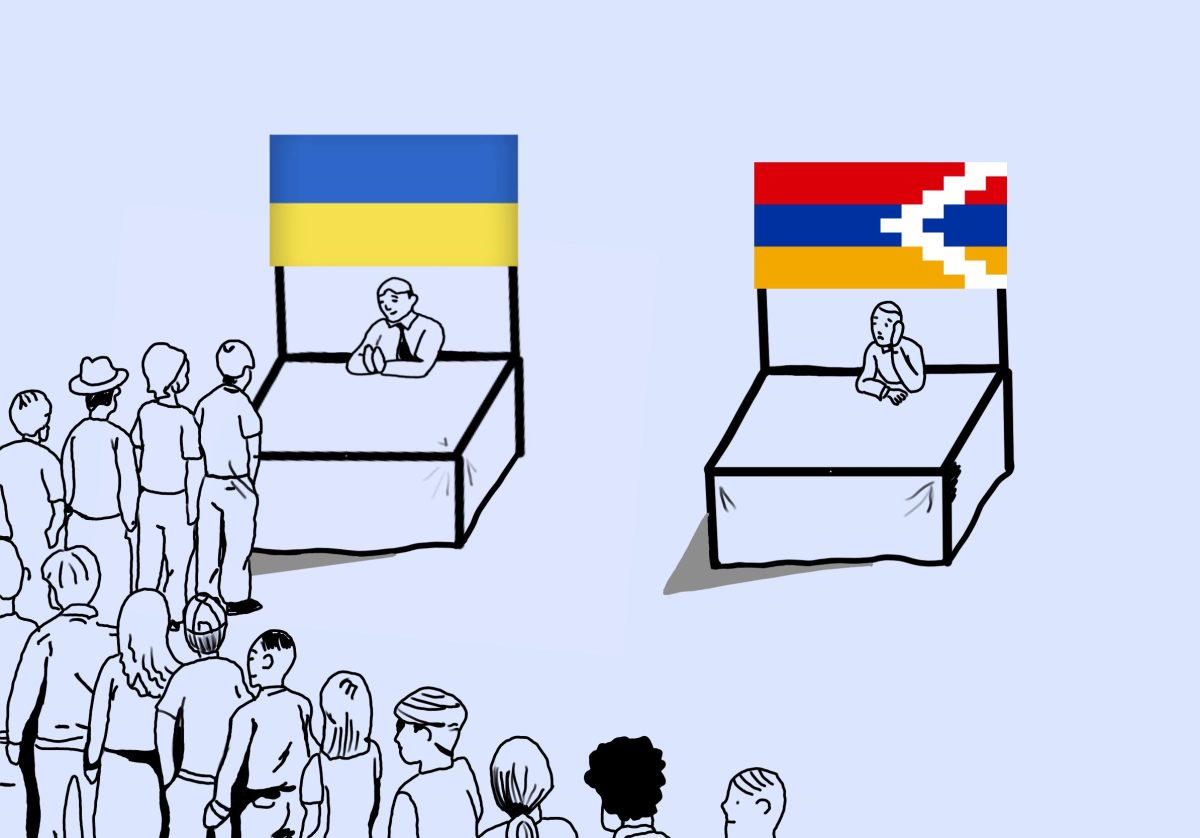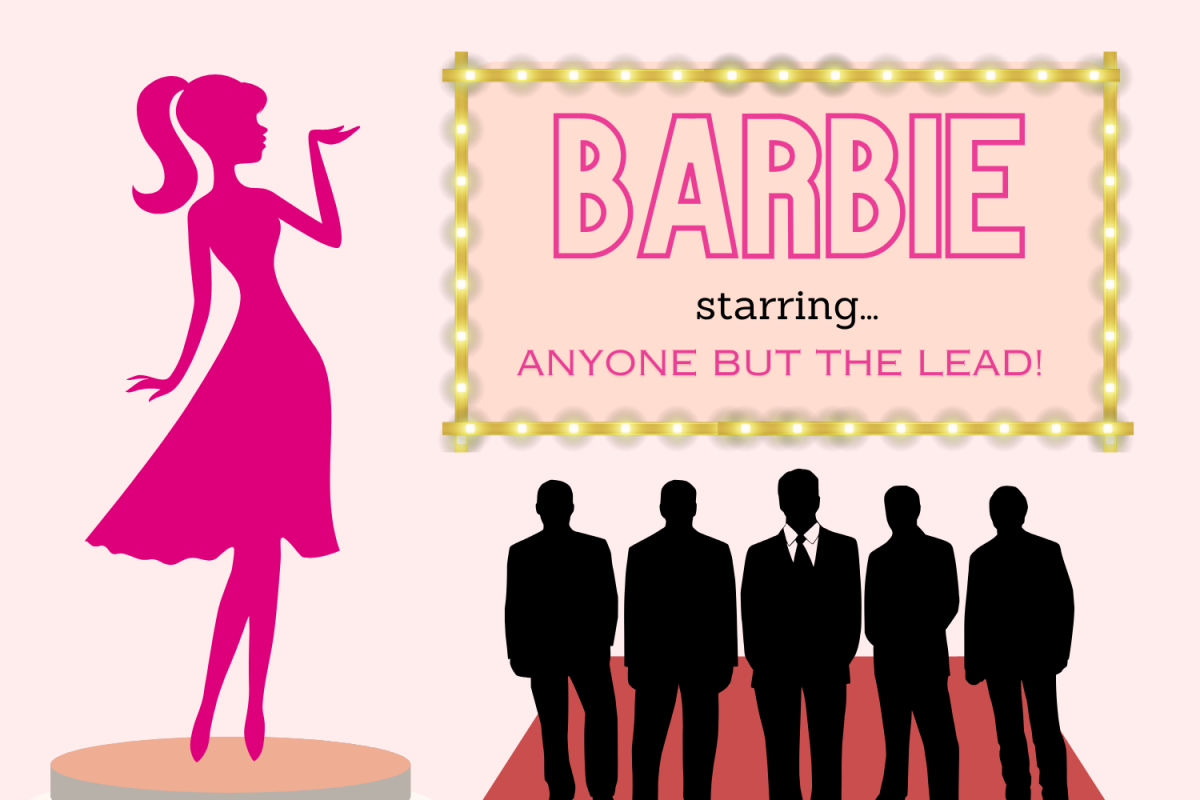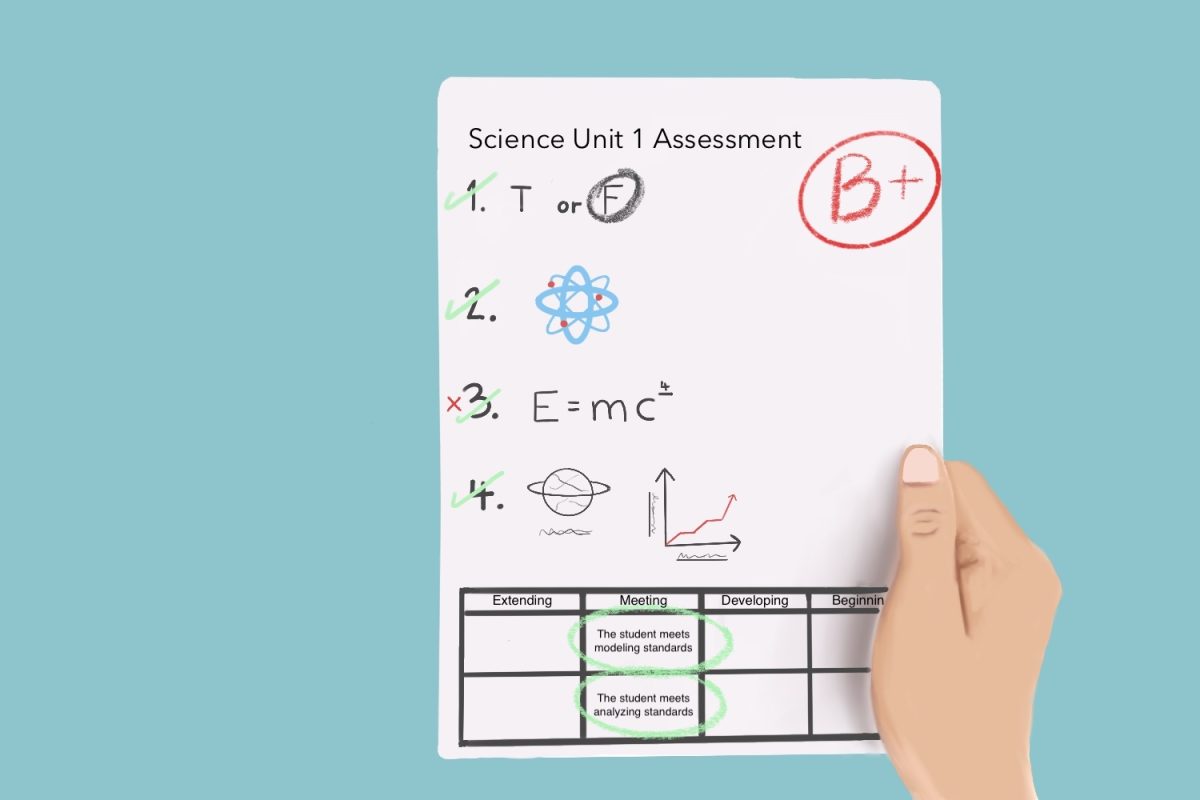On the 2013 US History SAT Subject test many students, including myself, were dumbfounded by the question that asked what country the US invaded in 2001. The other questions, about things such as the teapot dome scandal or the most urbanized cities in the 19th century, were a breeze. But for the question that asked about a major event that occurred in our lifetimes and is affecting the lives of thousands of US citizens today many students, including myself, could not even come up with one simple word: Afghanistan.
The school’s mission statement speaks to educating global citizens, although it has not been made explicitly clear what we view a global citizen to be. I believe that an integral part of having a global outlook is interacting with the world around you. A global citizen is someone who is conscientious and informed about the world around them and constantly searching for answers to the big issues that are plaguing humanity.
In Gerzon’s Global Citizens, Gerzon claims that “…, at a school with such a distinctive homogenous feel, global citizenship sometimes feels far afield, despite the many perspectives and stories that are involved at school. With our unique location and emphasis on global education, ASL has a unique opportunity to stress education on current topics in an active way.
Especially since a lot of school isn’t necessarily about teaching students information, but teaching them how to process information and to be inquisitive and discerning learners, it is important to educate students how to be informed and aware of the world around them. With the tools and information on how to find, analyze, and process this data, students will leave ASL not only prepared to finish term papers and handle a college workload, but also to be engaged members of the global community.
An active learning of the current evolving the landscape of the world can and should be integrated into the high school curriculum, both by interweaving this material into existing classes and syllabi, and by spearheading new efforts to explicitly confront the current world in new projects and classes.
For instance, the Global Issues class that I’m currently taking, which analyzes what it means to be a Global Citizen and explores some of the greatest issues the world is facing today, is currently an elective that only a small amount of upperclassmen, mostly seniors, take. This class should be a mandatory course taken by freshmen.
This uniformity would be helpful not only because it would give all students a compulsory knowledge of this information, but also because it would unify the school’s message: what exactly is a global citizen, and how can we, as students, discern this? I don’t think we should even stop there: what about introducing these topics in middle school during small sub-units of classes, so that students are already familiarized with news circulating within the greater world.
This semester class could be complemented by another semester long class analyzing current day media, teaching students how to interact with the overwhelming amount of information out there, and what it means to be an informed citizen. While elements of these classes could simply be incorporated in World Civilizations I, I think that these issues are so important and relevant that it would be highly beneficial to have an entire class devoted to this topic and to teach students to be discerning learners at a younger age.
For that matter, current day issues and world news could be incorporated into curriculum in middle school as well so that students are familiar with this material and better equipped to deepen their understanding.
This foundation having been laid, there would be a greater opportunity for current events to be interwoven into all subjects, not only by the teachers, but also the students. Allowing ten to fifteen minutes once per cycle in classes, social studies especially, for students to bring in current events they want to discuss in light of the class material would be an interesting way to stimulate discussion on a regular basis.
The stepping stones are already there. ASL has a uniquely flexible curriculum which allows for more of this specialized, yet important, learning, and it is for this reason that I believe ASL has the opportunity to go even further, not only to teach students to be informed, but also active. To be equipped to be a moving force in the world after graduation, not only do students need to have learned how to be informed about the world around them but also how to become active in that world. With this foundation of knowledge about what it means to be a global citizen and how to sift through the dizzying array of information and community partnerships, students will be fully equipped to be proactive and conscientious people.
Or, if not for anything else, maybe they will get a couple of extra point on the SAT II’s.
kate_kennedy@asl.org








